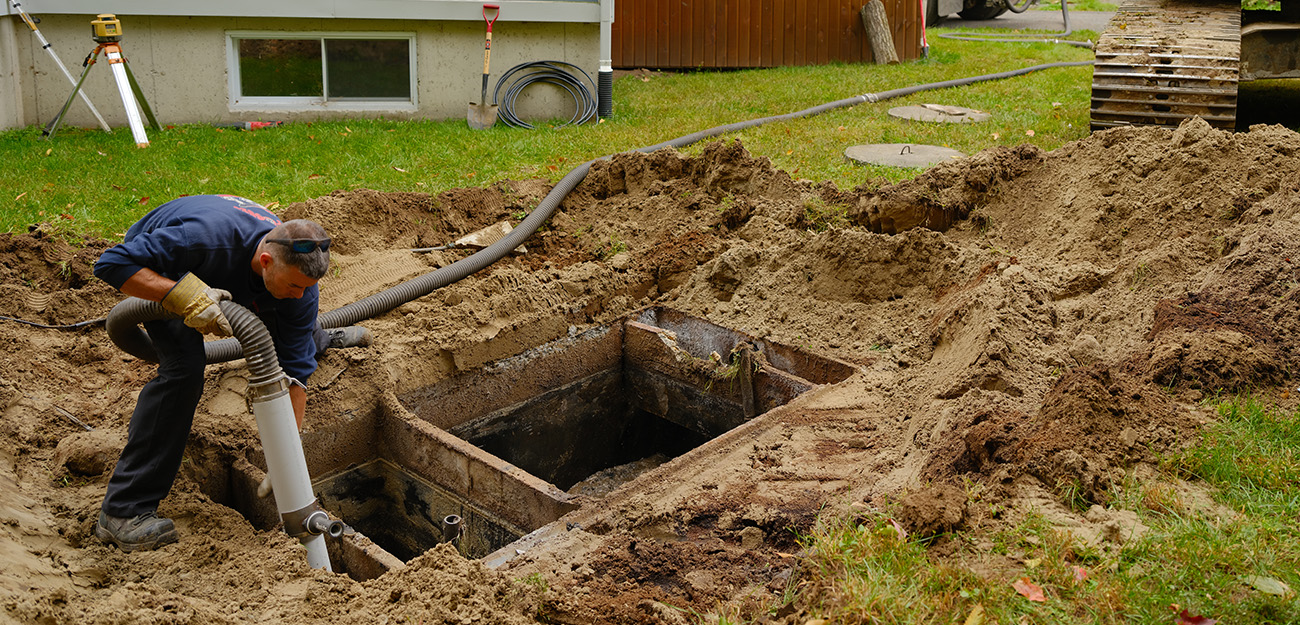When it comes down to homeownership Certain aspects are likely to be kept out of view until they require attention. One important but often neglected component of a house is the septic system. It is often overlooked as if it is able to perform its duties without any concern or care. Like every system that is used, septic tanks have the potential to last for a long time and eventually need to be replaced.

The expense of replacing the septic tank can be an enormous financial burden for homeowners who are not prepared. There are many factors that contribute to the overall cost, making it necessary to know the elements that affect budgeting for the replacement of a septic system.
To figure out the true price of a septic tank replacement, you should think about more than the price. The old tank has to be removed and a new one installed. Multiple components and services are included in the total cost. Each step, from obtaining permits, hiring professionals as well as excavation and installation incurs costs. Homeowners should budget for this accordingly.
One of the primary factors to consider is the septic tank cost of replacement, which includes the cost to set up a the septic tank as well as the leach field. The cost for a new tank will be influenced by the size, the materials used and the difficulty of the installation. Additionally, the location of your property, local regulations, and soil conditions could also affect the price. It is essential to speak with experts in septic systems who will analyze your particular requirements and provide an accurate estimation. They’ll take into consideration elements like the size and shape of the leach field to ensure a comprehensive understanding of the total expense in the replacement of your septic systems project.
Leach fields, also known as drainfields, are yet another cost. It is a vital component in the treatment of wastewater and distribution. Costs for replacing a field that is damaged or ineffective could be greatly increased by meticulous planning. Factors such as the size of the leach field, soil composition, and accessibility all impact the price, so it is important to consider these factors when calculating the cost total.
In addition to the actual costs homeowners should also be aware of the intangible expenses associated with septic system replacement. You may need to leave your home for a time or cut down on your use of water during installation. These inconveniences should be factored into your plans, since they could impact your daily routine and could create additional costs, like accommodation costs or changes to your schedule.
It’s also crucial to understand that regular maintenance of your septic tank is crucial to prolong its lifespan, and also reducing the risk of premature replacement. Inattention to maintenance can lead to bigger problems later on, such as damages to the drainfield, or failure of the tank. Plan for septic maintenance in advance is a smart investment and will help you save money over time.
By now, you may have realized that determining the septic system cost is not a straightforward task. The cost of a septic tank replacement will be determined by a number of elements. These include the size, material and complexity of the installation as well as the state of the leach field. The location of your property and local regulations will also have an impact on the total cost. It is essential to speak with professionals with expertise in upgrading the septic system.
You might be surprised when you decide to replace your septic tank to discover that you’re facing additional expenses which you didn’t think of. These expenses can be incurred quickly, and it’s essential to know about them before you make a decision.
The following are some of the hidden costs of replacing an septic tank:
The cost of permits and inspections. Your local authorities will need permits before you start the process of replacing your system of septic. The permits can be costly and you might have to cover inspection costs.
Cost of excavation and removal. The old septic will have to be taken away and dug up before a new system is installed. This can be a costly process, especially if your old system is in a difficult-to-access area.
The expense for backfilling and gradeing. After the old system is gone, it is necessary to grade and backfill the hole. It is essential that the drainage system is able to drain properly.
Costs for landscaping. Once the new system has been installed, it is possible that you will need to plant some trees to make your area appear tidy and neat. It can be costly particularly if landscaping services are needed.
When budgeting to replace your septic tank, make sure that you include the cost-savings that aren’t obvious. It is possible to avoid unpleasant surprises in the future by making plans in advance.
Making the switch to eco-friendly septic systems is a smart choice for homeowners who have a tight budget. These eco-friendly septic systems offer a cost-effective alternative to conventional systems, but they also help conserve the environment by reducing water runoff and pollution. Eco-friendly systems for septic are becoming more affordable and available that makes them an ideal choice for those who wants to minimize the environmental impact of their property without being a financial burden. Making the switch to a greener system may require some upfront cost, but these can be easily offset by the long-term savings. Green living is not simply a fashion statement, it’s an important lifestyle choice that every person should consider if they want to ensure the sustainability of our planet. With the proper system, you can be sure that your home runs efficiently, effectively, and at a low cost for maintenance.

